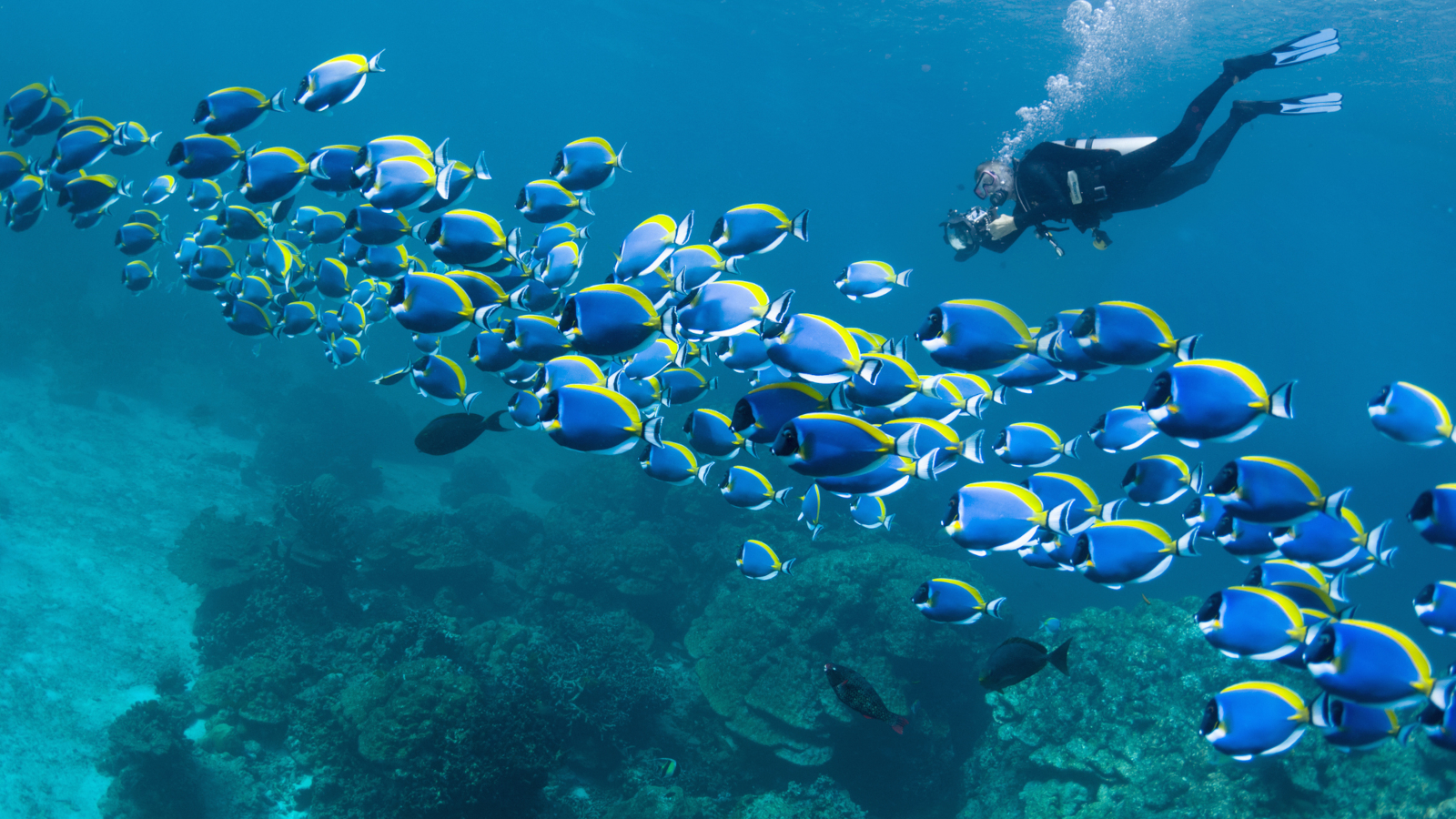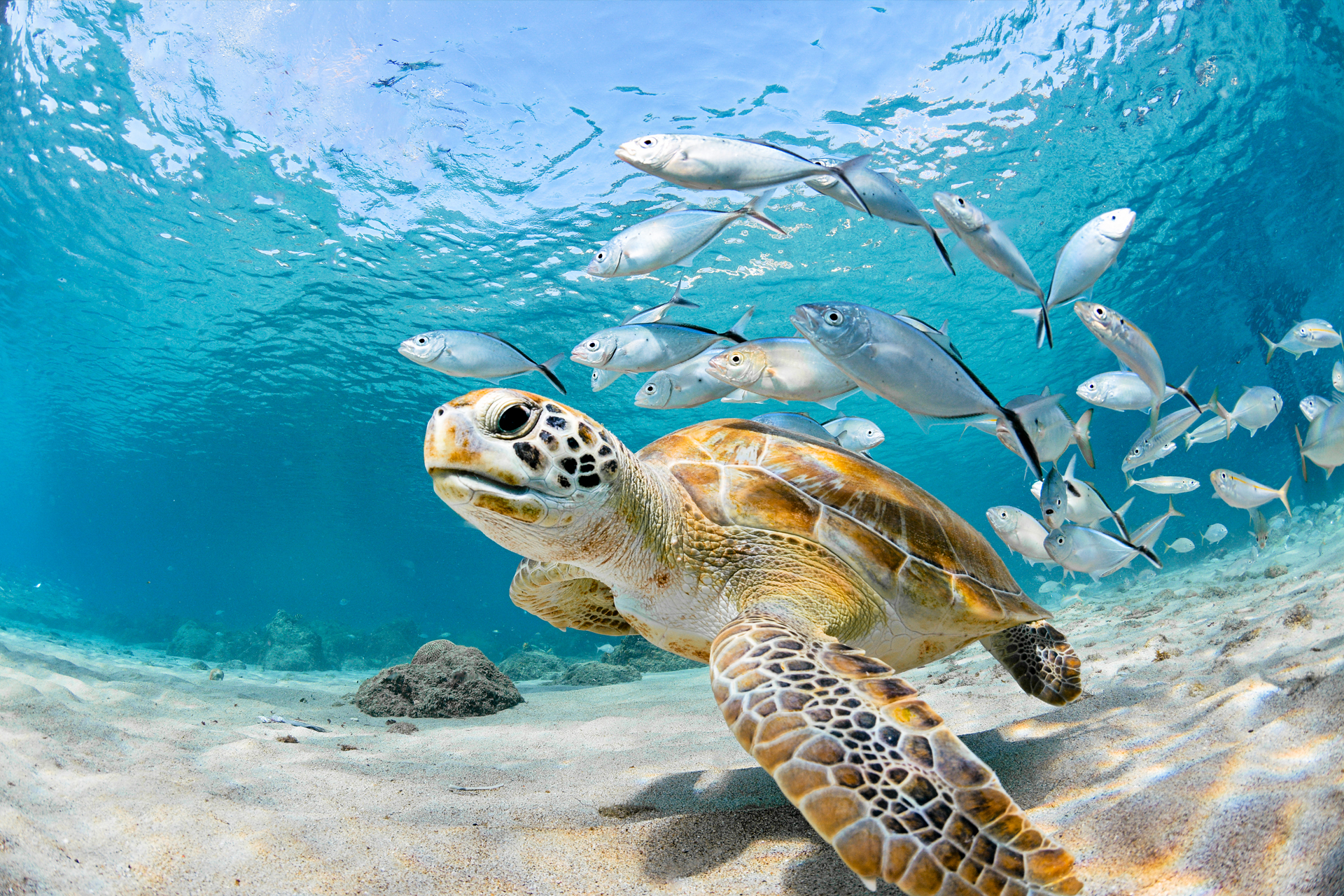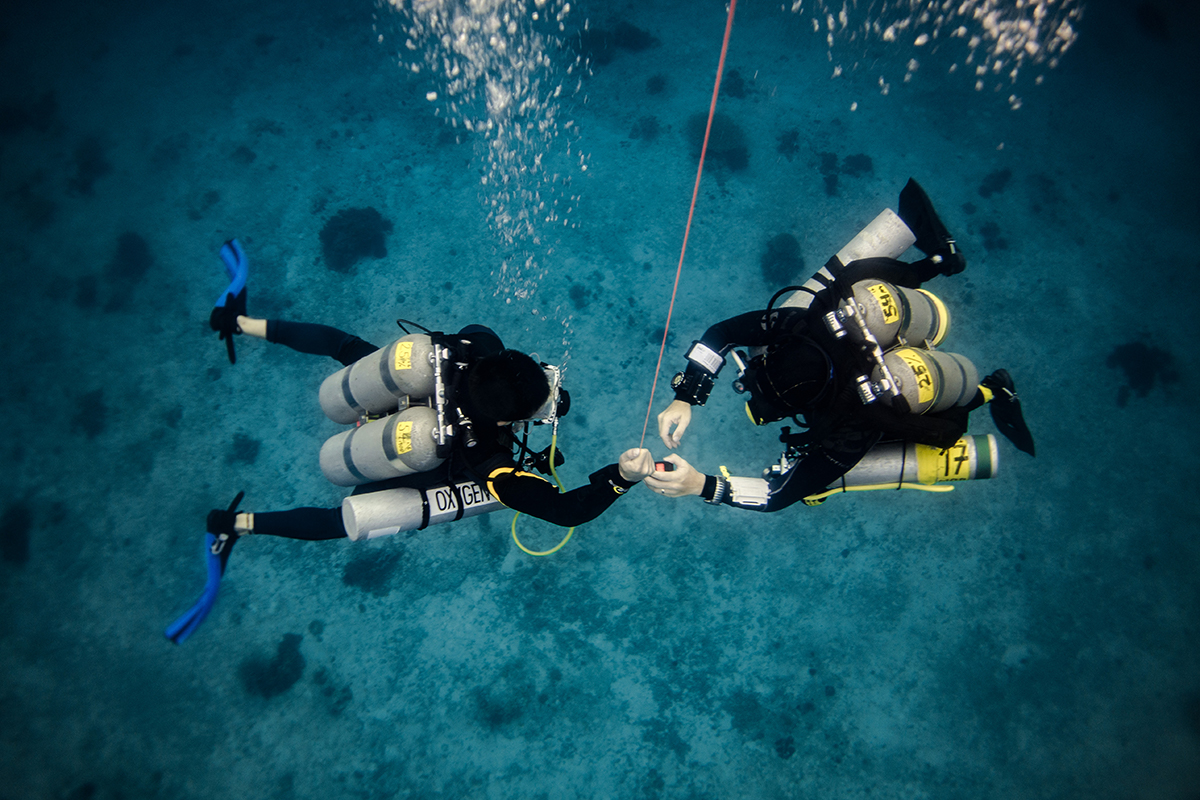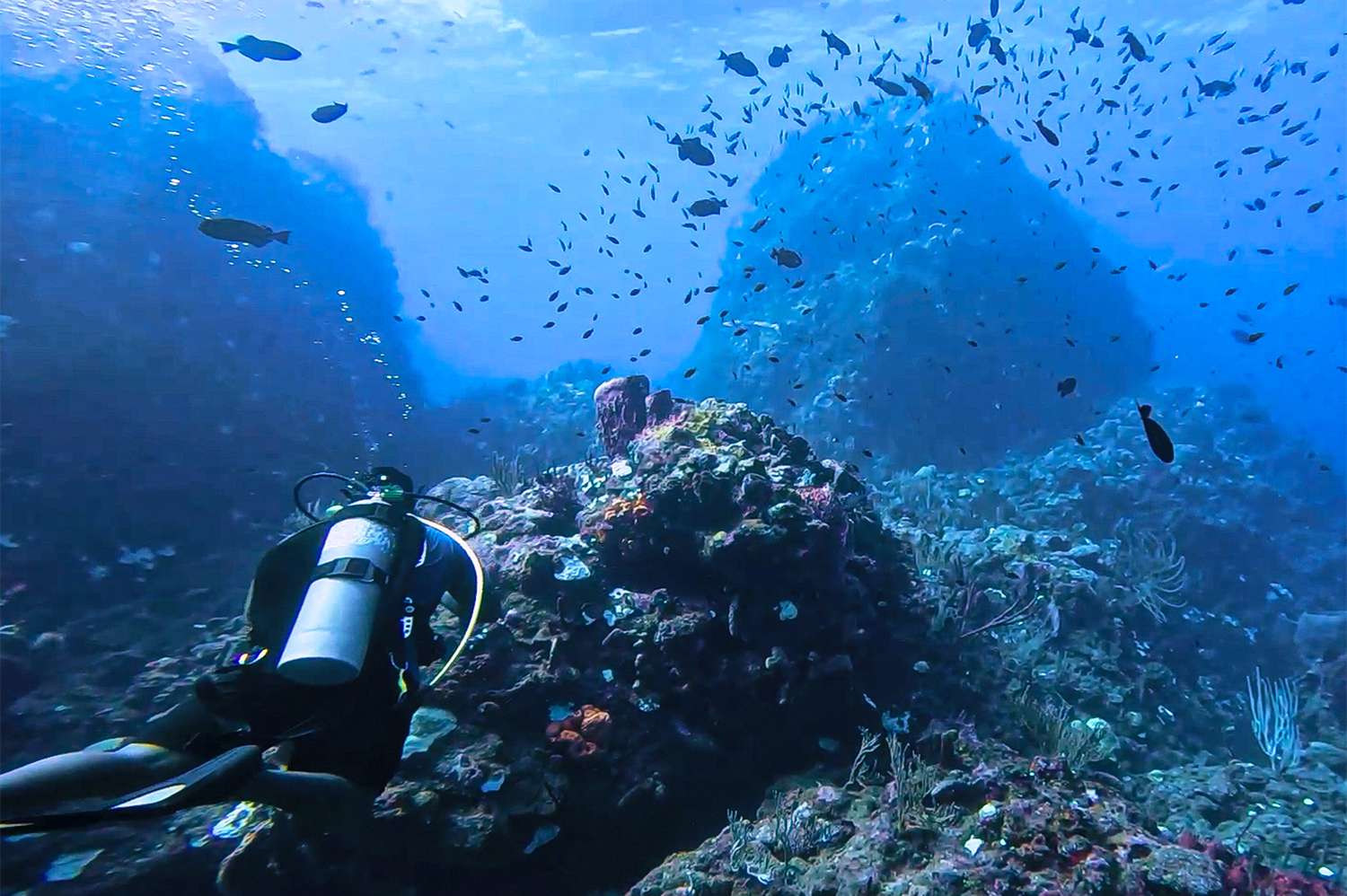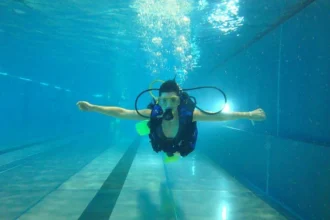Becoming a saturation diver is one of the most challenging yet rewarding careers in the maritime and offshore industry. It combines adventure, technical expertise, and high earning potential. If you are an adventure seeker, student, job aspirant, or professional diver looking to excel in this field, this guide will walk you through 10 powerful steps on how to become a saturation diver successfully.
- What Is Saturation Diving?
- Step 1 – Understand the Role and Responsibilities
- Step 2 – Obtain Basic Commercial Diving Certification
- Step 3 – Gain Offshore Experience
- Step 4 – Enroll in Saturation Diving Training
- Step 5 – Obtain Necessary Certifications
- Step 6 – Understand the Equipment and Technology
- Step 7 – Prepare for the Work Environment
- Step 8 – Explore Career Opportunities
- Step 9 – Understand the Risks and Safety Protocols
- Step 10 – Stay Updated and Network
- Frequently Asked Questions (FAQs)
What Is Saturation Diving?
Saturation diving is a specialized diving technique used for deep-sea operations where divers live under high pressure in a saturation system for extended periods. This method allows divers to work at extreme depths without suffering from repeated decompression sickness.
Saturation divers are crucial for tasks such as:
- Offshore oil and gas operations
- Underwater welding and construction
- Salvage operations
- Scientific underwater research
These divers spend weeks in diving chambers, requiring not only physical stamina but also mental resilience.
Step 1 – Understand the Role and Responsibilities
Before embarking on this career, it’s essential to understand what saturation divers do daily:
- Perform deep underwater repairs and maintenance
- Operate complex diving equipment
- Work closely with a team of divers and support personnel
- Maintain safety protocols at all times
The role is physically and mentally demanding, requiring excellent teamwork and strong decision-making skills.
Step 2 – Obtain Basic Commercial Diving Certification
To become a saturation diver, you must first complete basic commercial diving training. Key details include:
- Duration: Typically 6–12 months
- Cost: Varies between training institutes
- Skills Learned: Diving physiology, underwater tools, emergency procedures
This certification forms the foundation for advanced saturation diving courses.
Step 3 – Gain Offshore Experience
Experience in offshore operations is crucial before specializing in saturation diving.
- Start in roles such as tender, rigger, or support diver
- Learn the dynamics of offshore work environments
- Build confidence in deep-sea operations
Typically, divers gain 2–3 years of offshore experience before advancing to saturation diving.
Step 4 – Enroll in Saturation Diving Training
After gaining foundational experience, you can enroll in a specialized saturation diving course.
- Duration: 4–6 months intensive training
- Certification: Recognized by IMCA (International Marine Contractors Association) or equivalent
- Training Includes: Diving bell operation, living in pressurized chambers, emergency drills
This course prepares you for the unique challenges of living and working under high-pressure conditions.
Step 5 – Obtain Necessary Certifications
Certifications are mandatory for safety and employability. Important certifications include:
- IMCA Certification: Recognized worldwide
- Specialized Skills: Non-Destructive Testing (NDT), Diving Medical Technician (DMT)
- Continuous education and refresher courses are vital for career longevity
Step 6 – Understand the Equipment and Technology
Saturation divers work with sophisticated equipment. Familiarity is essential:
- Diving Bells: Transport divers to working depth
- Umbilicals: Provide air, power, and communication
- Saturation Chambers: Living quarters under pressure
Proper training ensures safe operation and reduces the risk of accidents.
Step 7 – Prepare for the Work Environment
Saturation diving is as much about lifestyle as it is about skill:
- Offshore schedules can be long (e.g., 28 days on, 28 days off)
- Life aboard a diving support vessel can be isolated and challenging
- Mental preparation and adaptability are crucial for handling isolation and extended underwater stays
Step 8 – Explore Career Opportunities
Saturation divers have access to high-paying and adventurous job opportunities:
- Employers: Offshore oil rigs, salvage companies, commercial diving contractors
- Roles: Diving supervisor, underwater welder, subsea engineer
- Career Advancement: Senior diver, diving instructor, safety officer
The field rewards skill, experience, and professionalism.
Step 9 – Understand the Risks and Safety Protocols
Saturation diving carries inherent risks:
- Decompression sickness
- Equipment failure
- High-pressure related health issues
Adhering to strict safety protocols and proper supervision is non-negotiable. Divers undergo rigorous safety drills to minimize risks.
Step 10 – Stay Updated and Network
A successful saturation diver continues learning:
- Join professional organizations for divers
- Attend workshops, seminars, and industry events
- Network with other professionals for career growth and opportunities
Continuous learning keeps your skills relevant and opens doors to advanced roles.
Frequently Asked Questions (FAQs)
1. How hard is it to become a saturation diver?
It is very challenging due to physical, mental, and technical demands. Commitment, training, and offshore experience are essential.
2. How much do saturation divers get paid?
Salaries vary but can range from $70,000 to $150,000 annually, depending on experience and location. In India, salaries are generally lower but still lucrative.
3. What is the salary of a saturation diver in India?
Typically between INR 25–50 lakhs per year, depending on certifications, experience, and company.
4. What do saturation divers do daily?
They perform underwater maintenance, welding, inspections, and repairs using specialized equipment while living in pressurized environments.
5. How many saturation divers are there?
Globally, there are only a few thousand, making it an elite and specialized profession.
6. What is the death rate among saturation divers?
While rare due to strict safety standards, accidents can occur, highlighting the importance of rigorous training and adherence to protocols.
- Learn more about Saturation Diving
Becoming a saturation diver is a journey of dedication, adventure, and reward. By following these 10 powerful steps, you can embark on a career that offers excitement, high earnings, and unique underwater experiences.
